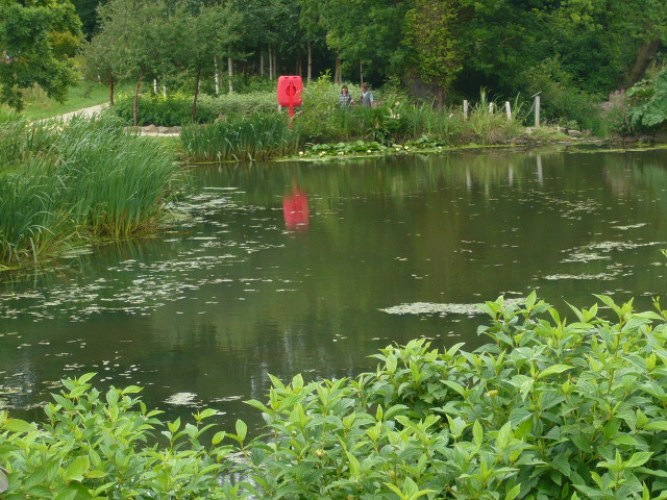
Drought or Flood in your Garden
What sort of summer are you expecting. The probability is that there will be no extremes but the danger of flood or drought is always around for gardeners.
All the weathermen seem to be forecasting further drought conditions for the summer of 2012. Gardeners should therefore be prepared for flood!
Drought Preparations
- There is a flood of advice from government and the government in exile ie. newspapers and media. eg. plant trees for shade and wait 100 years for them to grow.
- Val Bourne at the Daily Telegraph suggests ‘puddling in’ when planting out your brassicas and leeks and this strikes me as a good use of water. It just means filling the planting hole with water just before you pop your plant in.
- Another Val tip is to stand watering cans of tap water around the garden until the sun’s warmth has evaporated the chlorine away.
- Carrots and parsnips naturally grow in drier sandy soil and grow longer in seeking out water. Try several varieties if you like these vegetables.
Flood Preparations
- Be prepared to catch what water you may need in butts, barrels and ponds.
- If your ground is liable to waterlogging either restrict the plants you grow or improve the drainage.
- Minor drainage improvements can be achieved with added grit, sand and gravel
- Major drainage improvements may include a deep soak-away or a perforated drainage system.
The Low-water No-water Garden: Gardening for Drought and Heat the Mediterranean Way – A Practical Guide with 500 Stunning Colour Photographs by Pattie Barron available from amazon
Managing the Wet Garden: Plants That Flourish in Problem Places by John Simmons available from Amazon
Credits
Dry garden by foliosus CC BY-NC-ND 2.0
Flood by itspaulkelly CC BY-NC 2.0

